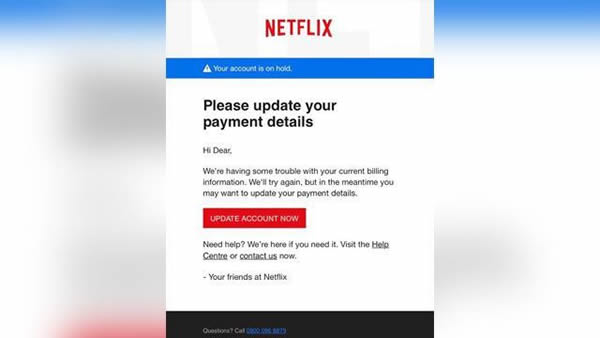Vade Secure has issued a new report describing the brands most usually targeted by phishers in North America. The Phishers’ Favorites Top 25 list discloses the most usually spoofed brands in phishing electronic mails found in Q3, 2018.
For the latest report, Vade Security followed 86 brands and rated them based on the number of phishing attacks in which they were mimicked. Those 86 brands account for 95% of all brands deceiving attacks in Q3, 2018. Vade Secure notices that there has been a 20.4% rise in phishing attacks in Q3.
As was the case the preceding quarter, Microsoft is the most targeted brand. Phishers are trying to gain access to Azure, Office 365, and OneDrive identifications. If any of those login identifications can be acquired, the attackers can raid accounts and steal private information, and in the case of Office 365, use the electronic mail accounts to carry out more attacks on people within the same company or use contact information for outer spear phishing attacks. Vade Secure has noted a 23.7% increase in Microsoft phishing URLs in Q3.
The level to which Microsoft is targeted is shown in the graph below:

In second place is PayPal, the prominent deceived brand in the financial facilities. Here the goal is simple. To gain access to PayPal accounts to make transferals to accounts managed by crooks. There has been a 29.9% increase in PayPal phishing URLs in Q3, 2018.
Netflix phishing cheats have risen substantially in Q3, 2018. Vade Secure records there has been a 61.9% increase in the number of Netflix phishing URLs. The goal of these campaigns is to gain access to clients’ credit card particulars, through dangers of account closures that need confirmation using credit card details, for instance. The rise in Netflix phishing attacks saw the brand rise to third place in Q3.
Bank of America and Wells Fargo cheats make up for the top five, which had 57.4% and 21.5% phishing URL rises respectively. While down in 7th place overall, Chase bank phishing cheats are notable because of the huge increase in phishing attacks targeting the bank. Q3 saw a 352.2% rise in Chase bank phishing URLs, with a similar increase – 359.4% – in phishing attacks deceiving Comcast. The maximum growth in phishing URLs was for CIBC. Vade Security informs there was a 622.4% rise in spotted phishing URLs, which lifted the Canadian Imperial Bank of Commerce up 14 spots in the ranking to 25th place.
The report also demonstrates that phishers prefer Tuesdays and Thursdays for attacks targeting company users, while Netflix phishing cheats most usually take place on a Sunday. Vade Secure’s research also disclosed phishers are now using each phishing URL for a briefer period of time to evade having their electronic mails obstructed by electronic mail safety solutions.
As a consequence, more electronic mails are delivered to inboxes, emphasizing the significance of increasing

